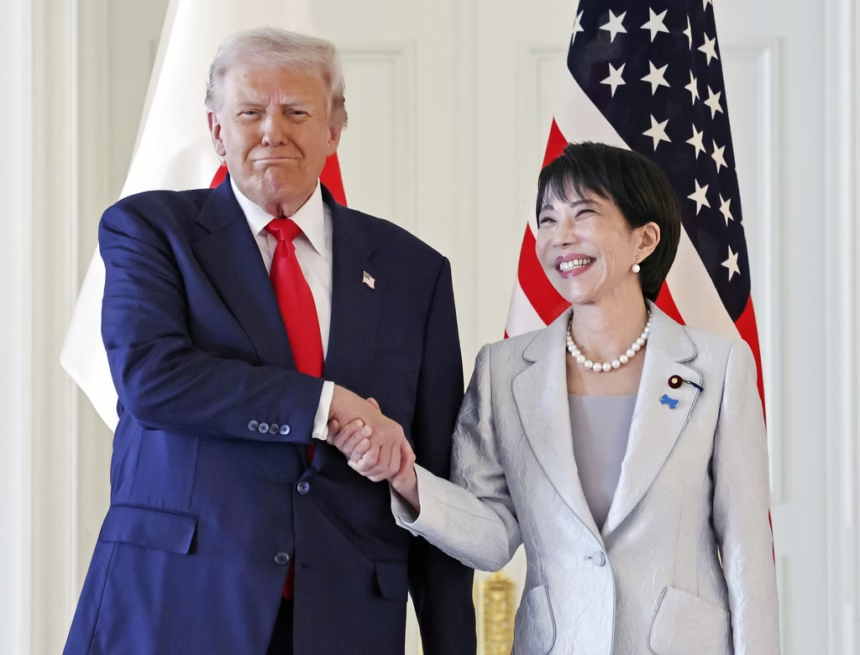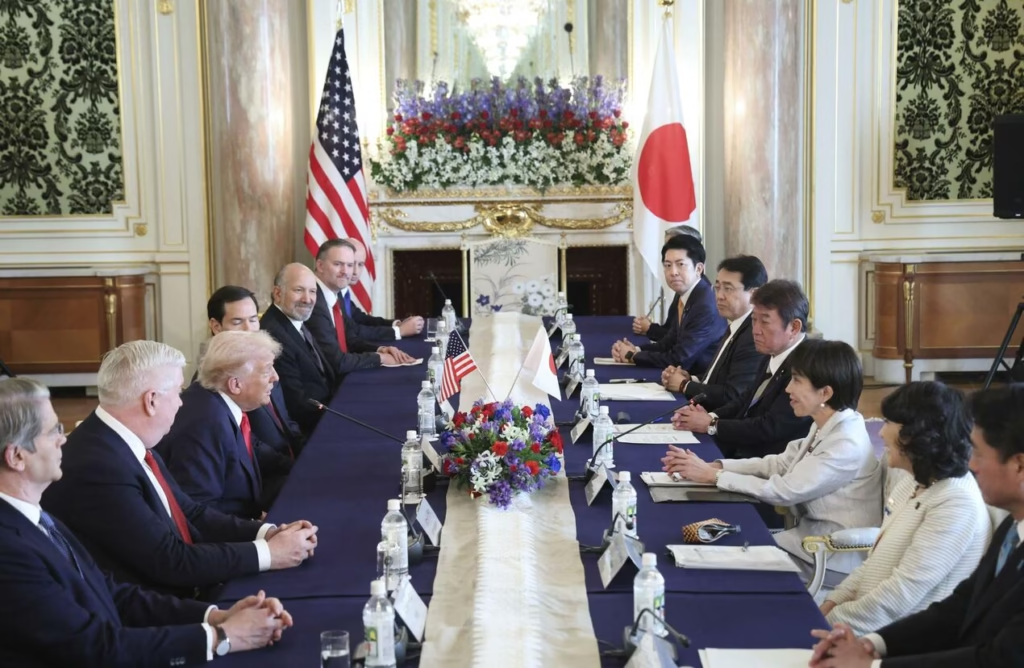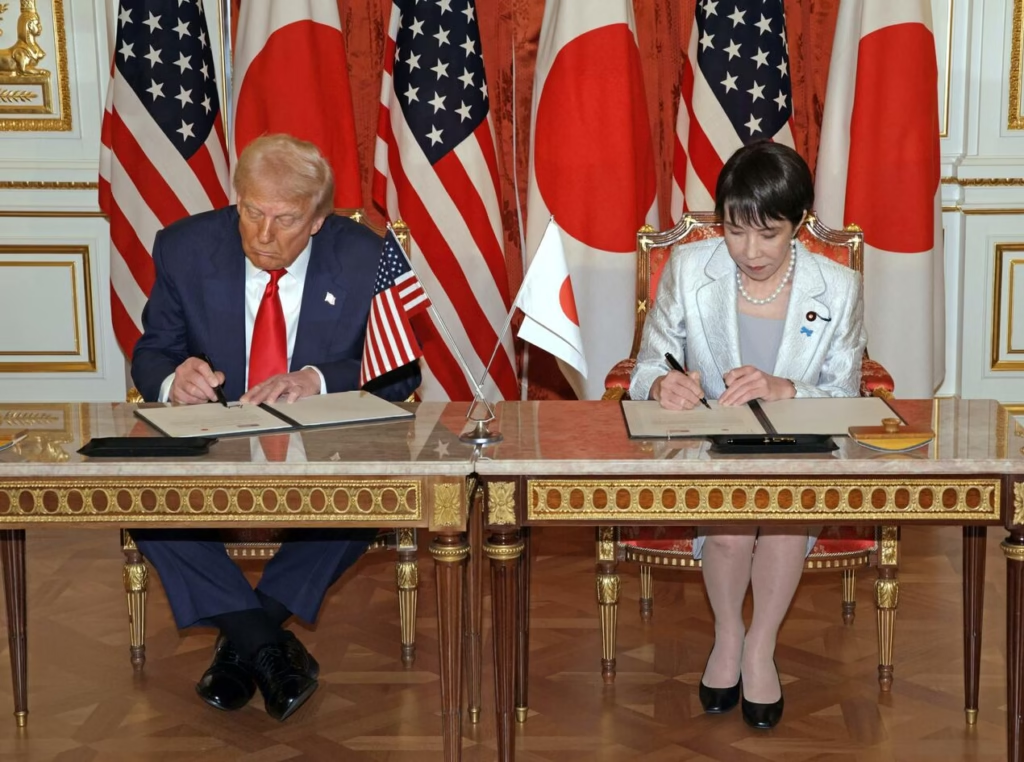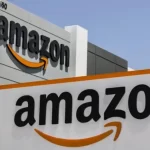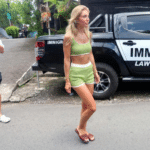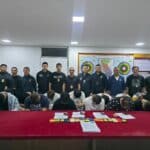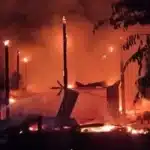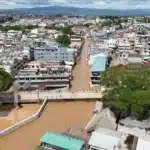TOKYO – Japan saw a reset in Japanese-US–US relations on Tuesday, as Japan’s new prime minister, Sanae Takaichi, and US President Donald Trump pledged closer cooperation on defence and the economy at their first summit.
Security dominated the talks. The two leaders reinforced the need to boost deterrence and response capabilities, amid rising pressure from China and North Korea. The United States continues to urge allies to raise defence spending, a message that aligns with Tokyo’s direction.
Before a working lunch, Takaichi and Trump signed a set of agreements focused on economic security. A key document covered cooperation on securing and supplying critical minerals, including rare earths, a move widely viewed as a response to supply risks tied to China.
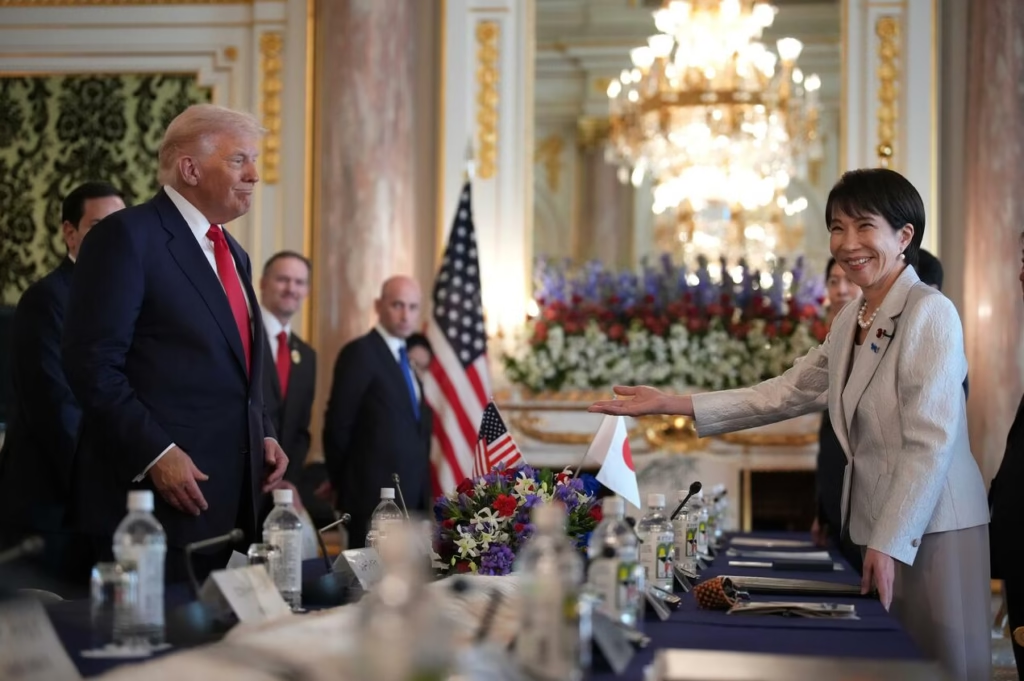
Opening the meeting, Takaichi, appointed last week as Japan’s first female prime minister, said she wanted to forge a new golden era in the alliance with Trump. She described the partnership as the strongest in the world and set a confident tone for the session.
She praised Trump’s efforts on Middle East peace and his role in easing tensions between Thailand and Cambodia, calling them historic achievements. According to White House spokeswoman Karoline Leavitt, Takaichi said she would recommend Trump for the Nobel Peace Prize. She also confirmed Japan’s plan to donate 250 cherry trees to mark the 250th anniversary of US independence next year.
Trump said he expected a fantastic working relationship with Takaichi, adding that he holds a deep respect for Japan. He promised close support for Tokyo, saying the United States would be ready to help whenever called upon.
The two leaders also met families of Japanese citizens abducted by North Korea in the 1970s and 1980s. Trump restated Washington’s support for resolving the issue, which remains a major obstacle to any normalization between Tokyo and Pyongyang.
With Washington pressing allies to spend more on defence, Takaichi is set to highlight her plan to reach defence outlays of 2 percent of GDP by March. That would bring the target forward by two years from the original fiscal 2027 deadline. Japan has already lifted spending since late 2022, when it revised its National Security Strategy. Takaichi has pledged another update next year.
A conservative security hawk seen as a protégé of the late Shinzo Abe, Takaichi is keen to build a close rapport with Trump, who had a well-known personal connection with the former prime minister. Speaking to reporters on Air Force One before landing in Tokyo, Trump said Takaichi is philosophically aligned with Abe.
The summit at the State Guest House comes as both capitals strengthen their alliance to counter Beijing’s stepped-up activity in the East and South China seas, and North Korea’s ongoing nuclear and missile programmes. In a call on Saturday, Takaichi told Trump that deepening the alliance is her government’s top priority, stressing Japan’s role in the US strategy for China and the wider Indo-Pacific.
Trade and industrial policy also featured. Against a backdrop of high US tariffs and China’s tight grip on rare earth exports, rivalry between Washington and Beijing has intensified.
Takaichi and Trump affirmed steady progress on a July trade deal that includes a Japanese commitment to invest 550 billion dollars in US sectors such as semiconductors, critical minerals and shipbuilding, along with higher purchases of US farm goods and other products.
In line with the agreement, Trump cut tariffs on Japanese goods, lowering the automobile levy to 15 percent from 27.5 percent. Both sides framed the step as part of a broader push to stabilize supply chains and support high-value manufacturing.
After the talks, the leaders were due to board Marine One for a flight to the US Navy base in Yokosuka, southwest of Tokyo. They planned to visit the aircraft carrier George Washington, according to a White House source.
Trump last visited Japan in 2019 for the G20 summit in Osaka. This trip forms part of a three-nation tour of Asia. He stopped in Malaysia for ASEAN-related meetings before arriving in Tokyo, and will travel on to South Korea next, where he is scheduled to meet Chinese President Xi Jinping on Thursday.




